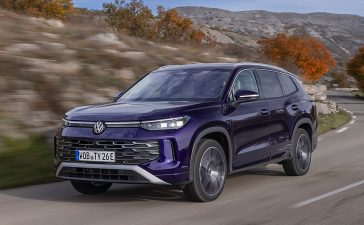Airbus is testing out a suite of new automated technology that it says has the potential to improve the safety and efficiency of flying.
The automated technology, which has been branded as the company’s DragonFly project, includes “automated emergency diversion in cruise, automatic landing, and taxi assistance,” Airbus says.
The company is testing out the new features using an A350-1000 aircraft at the Toulouse-Blagnac Airport, which is a test site for Airbus. The experimentation is being conducted by Airbus UpNext, a subsidiary of the aerospace giant that validates new technology before rolling it out to the wider fleet.
Airbus says the technology is meant to mimic the insect’s ability to recognize certain locations
The name DragonFly is no mistake; Airbus says the technology is meant to mimic the insect’s ability to recognize certain locations. The aim is to use this ability to help an airplane taxi autonomously before takeoff, handle incidents when crew members might be incapacitated, and perform automated takeoffs and landings.
“These tests are one of several steps in the methodical research of technologies to further enhance operations and improve safety,” said Isabelle Lacaze, head of DragonFly demonstrator, Airbus UpNext, in a statement. “Inspired by biomimicry and nature in the same way that dragonflies are known to have the ability to recognize landmarks, the systems being developed are designed to identify features in the landscape that enable an aircraft to ‘see’ and safely maneuver autonomously within its surroundings.”
During the testing, Airbus’ experimental aircraft was able to recognize and respond to external conditions, like flight zones, certain terrains, and weather. The aircraft generated a new flight path and communicated this information to air traffic control and other airport operators, all autonomously.
Airbus UpNext is using the data from these tests to “prepare the next generation of computer vision-based algorithms to advance landing and taxi assistance.” That means that, in the not-too-distant future, you could find yourself on an airplane with a lot more automated features than in past models.
The French company hasn’t been shy about touting its preparations for the future. Airbus has funded several electric vertical takeoff and landing (eVTOL) projects over the years, including Vahana and CityAirbus. The former was an egg-shaped single-pilot eVTOL demonstrator, while the latter can carry four passengers and has a range of 60 miles. The company is also working with lidar startup Luminar to find applications for the laser sensor’s 3D mapping capabilities.











